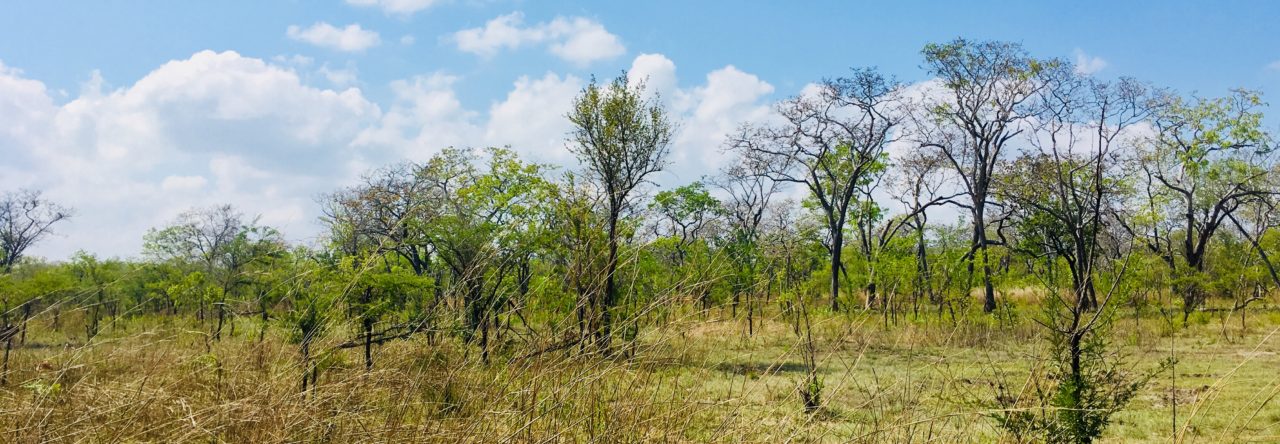Degradation (reduced tree cover) critically threatens biodiversity in the world’s largest savanna. Southern African savanna woodlands are unique ecosystems providing global benefits as carbon stores and habitats for rich biodiversity, and local benefits directly supporting 150 million livelihoods. Degradation here is widespread – impacting 17% of wooded land area – but ground data to elucidate its mechanisms and impacts on people and nature are lacking. My research explored degradation dynamics in southern African (specifically, miombo) woodlands – focusing on both local needs as well as national and international conservation goals.
I worked in Kilwa, a rural district in southeastern Tanzania, using both social and natural science methods to understand key aspects of degradation. I focused on fire which is widely assumed to drive degradation here: collecting data on causes and impacts of wildfire through village meetings, focus group discussions, transect walks and semi-structured interviews across 6 villages. I conducted ecological fieldwork for my National Geographic project “Degradation dynamics and impacts on large trees in the socioecological woodlands of Tanzania” which built on recent research indicating that large diameters trees are keystone structures disproportionately dictating the carbon storage capacity, diversity, health, structure and functioning of wooded ecosystems. I collected field data on 1700 large diameter (>40cm) trees to explore trends in carbon storage and biodiversity in these trees over time.
Some of the key findings from my research were:
- Fire limits growth but does not elevate mortality in large miombo trees;
- Carbon storage and biodiversity remained stable in Kilwa’s large trees between 2010 and 2019;
- Fire is an important tool in local livelihoods, both when used in controlled ways and when left to burn uncontrollably;
- Fire has both positive and negative impacts on local wellbeing, and wellbeing is more likely to be enhanced when individuals have greater control over fire and the freedom to choose how it is used.
I recently completed my PhD, and my thesis will soon be available online. You can read one of the chapters which has been published as a paper in the African Journal of Range & Forage Science, and is freely available here. The full reference is:
